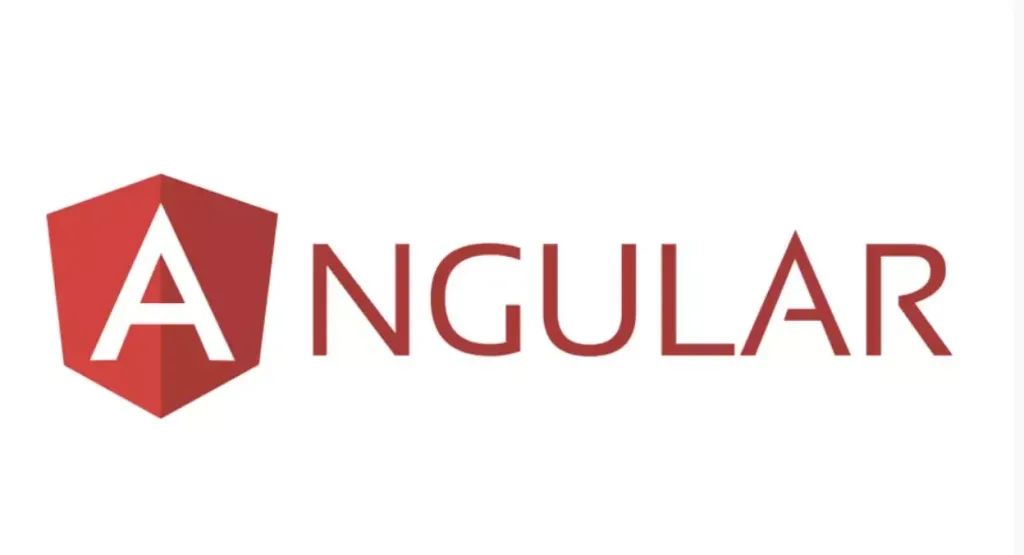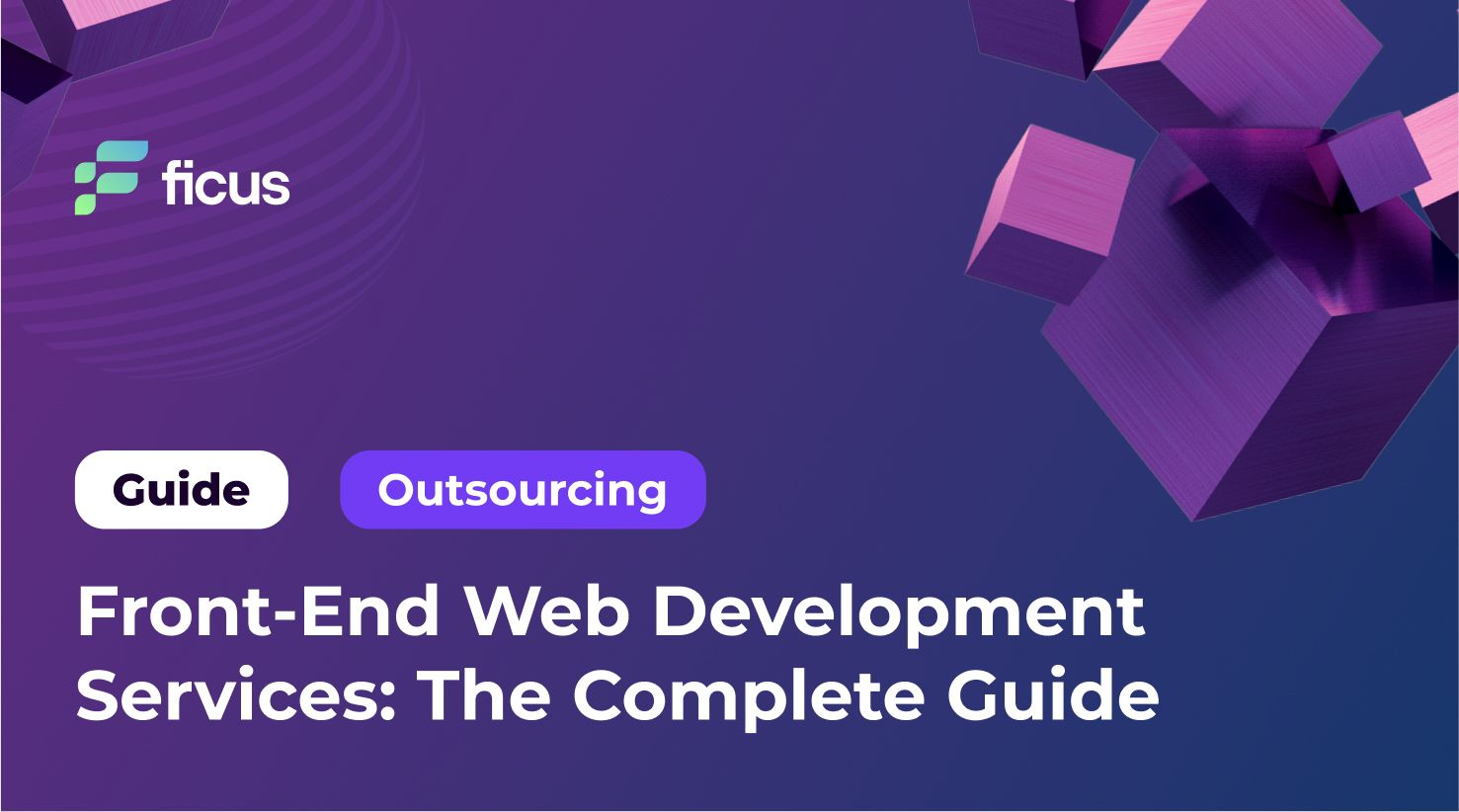In the realm of contemporary web development, to achieve success that is both captivating and user-centric, it becomes imperative to craft digital experiences. The anterior aspect of a website holds a pivotal role in the realm of online presence, for it serves as the conduit through which users engage with your brand and content. A comprehensive guide of substantial import comes to your aid, elucidating the intricate nuances of front-end web development services. Herein, you shall be acquainted with the techniques, methodologies, and foundational tenets requisite for the creation of exceptional web designs.
- Front-end development involves UI design, responsive design, and cross-browser compatibility.
- Critical programming languages for the front-end include HTML, CSS, and JavaScript.
- Various web application types include static, dynamic, e-commerce, and PWAs.
What Is Front-End Development?
Front-end development stands as the amalgamation of artistry and scientific acumen in the construction of the graphical and interactive facets that users directly engage with on websites and web applications. The cultivation of engaging and user-friendly experiences necessitates the harmonious blend of design, coding dexterity, and adept problem-solving. It is, in essence, the art of fabricating the user interface (UI) that visitors to a website behold and interact with. The mantle of responsibility in transforming design mockups into functional websites rests upon the shoulders of front-end developers. Leveraging programming languages such as HTML, CSS, and JavaScript, they structure and stylize web content, infuse interactivity, and breathe dynamic life into the digital realm. The overarching objective resides in bestowing a seamless and aesthetically pleasing user experience, transcending the constraints of diverse platforms and browsers.
Programming Languages for Front-End Development
The Lexicon of Programming Languages in Front-End Development
An essential facet of web development, otherwise known as front-end development, pivots on the art of crafting visually pleasing and user-centric interfaces for websites and web-based applications. Front-end developers wield an array of programming languages and technologies to sculpt the visual and interactive components of a website. The cardinal programming languages underpinning front-end development are delineated as follows:
1. HTML (Hypertext Markup Language): HTML (Hypertext Markup Language): HTML, the bedrock of any web page, lays the foundation for headings, paragraphs, images, links, and sundry other page elements, contributing to the structure and essence of the page.
2. CSS (Cascading Style Sheets): CSS undertakes the mantle of orchestrating and arranging web page layouts, governing the visual manifestation of HTML elements, and enabling developers to manipulate fonts, hues, spacing, and positioning.
3. JavaScript: This potent scripting language confers vitality and dynamic behavior upon web pages, epitomizing the lifeline of interactivity.
Are you looking for highly skilled Front-End Web developers to hire for your project?
Contact UsFront-End Development Frameworks
The arena of front-end development has been redefined with the advent of potent frameworks that expedite the development of dynamic and interactive user interfaces. These frameworks augment efficiency and maintainability, empowering developers to manifest cutting-edge web applications. The following roster unveils three widely embraced front-end development frameworks:
1. Angular

Conceived by Google, Angular stands as a stalwart JavaScript framework, equipping developers with the tools to craft feature-rich and intricate single-page applications (SPAs). Rooted in the Model-View-Controller (MVC) architecture, Angular’s forte lies in demarcating distinct responsibilities. It proffers invaluable utilities, encompassing dependency injection, two-way data binding, and a modular structure conducive to accelerated development. Furthermore, Angular presents a comprehensive suite of testing, routing, and state management tools.
2. React

An offspring of Facebook, React emerges as a renowned JavaScript library for the creation of user interfaces. Its prowess resides in the fabrication of reusable UI components, thus simplifying the management of intricate applications. React, with its innovative employment of a virtual Document Object Model (DOM), ushers in enhanced performance. The component-centric architecture of React espouses a modular approach, fostering collaborative coding and efficient codebase maintenance.
3. jQuery

Despite not qualifying as a full-fledged framework akin to Angular or React, the jQuery library for JavaScript offers indispensable resources for event management and Document Object Model (DOM) manipulation. It provides an eminently practical means to enrich the user experience and cultivate interactive web pages, rendering services such as DOM traversal, AJAX requests, and animations.
Types of Web Applications
In the ever-evolving terrain of web development, comprehending the manifold categories of web applications proves indispensable for custom-tailored solution crafting. The spectrum encompasses the following archetypes:
1. Static Web Applications
These web entities proffer unchanging content, demanding manual intervention for updates. They are the quintessence for the presentation of content devoid of frequent alterations. The intrinsic compactness of static websites, coupled with swift loading, renders them ideal for rudimentary portfolios, landing pages, and informational platforms.
2. Dynamic Web Applications
Engineered to showcase perpetually changing or updating content, dynamic web applications harvest data from databases and supply personalized services. Notable exemplars encompass news outlets featuring frequently refreshed content, social media realms, and content management systems (CMS).
3. E-Commerce Web Applications
Tailored for the facilitation of online transactions, e-commerce web applications embrace shopping carts, payment gateways, order management systems, and product catalogues. User experience, security, and seamless transactions occupy the apical echelons of priority, assuring a seamless online shopping sojourn.
4. Single-Page Applications (SPAs)
These applications mandate but a solitary HTML page for the initial load, followed by dynamic content updates contingent on user interactions. SPAs usher in fluid navigation, negating the necessity for page reloads. They find ubiquity in applications boasting multifarious states, such as Gmail and Trello.
5. Progressive Web Applications (PWAs)
PWAs amalgamate the finest attributes of mobile and web applications, bestowing an app-like experience within a web browser. Features encompass offline functionality, push notifications, and brisk performance. PWAs elevate user engagement and confer a cohesive user experience across all devices.
6. Software as a Service (SaaS) Applications
SaaS applications, delivered through web browsers, furnish tools and services sans the imposition of software setup or maintenance upon users. These encompass collaboration platforms, customer relationship management (CRM) systems, and project management utilities.
Front-End Web Development Services
Front-end web development services form an indispensable constituent in the creation of captivating and user-accessible digital experiences. Herein, an exhaustive dissection is undertaken to elucidate the pivotal services endemic to front-end development:
1. User Interface (UI) Design
The realm of UI design centers on the formulation of user-friendly and captivating interfaces. Its focal tenets encompass layout, typography, color palettes, and overall aesthetics. UI designers, in seamless coordination, sculpt the visual facets of the website to resonate with the intended audience and accurately encapsulate the brand’s essence.
2. Responsive Web Design
The adoption of responsive web design assures the harmonious functionality of websites across an array of devices and screen dimensions. Front-end developers employ flexible layouts, media queries, and fluid grids to optimize site layout and content for desktops, tablets, and smartphones.
3. Cross-Browser Compatibility
Front-end developers undertake the arduous task of ensuring impeccable website performance across an array of browsers, including but not limited to Chrome, Firefox, Safari, and Edge. This endeavor encompasses meticulous scrutiny and modification of code to rectify rendering anomalies and idiosyncrasies specific to individual browsers.
4. Web Accessibility
Crafting websites to be inclusive and accessible for individuals with disabilities constitutes the primary objective of web accessibility. Employing a myriad of techniques, front-end developers diligently work to guarantee that all users, irrespective of their abilities, can effortlessly access and engage with online content. The intricate labyrinth of techniques and considerations woven into the fabric of web accessibility indeed showcases its bewildering perplexity.
5. Animation and Interaction
In the dynamic realm of web design, interactive elements and animations act as catalysts, igniting user engagement and fostering dynamic, enthralling user experiences. Herein, front-end developers wield an array of creative tools, such as CSS animations, JavaScript libraries, and cutting-edge frameworks, to craft visually captivating interactions. These enchanting maneuvers skillfully guide users through the intricate tapestry of site content. The weaving of complex and spellbinding interactions amidst shorter, succinct web encounters embodies the very essence of burstiness.
6. Front-End Frameworks
Angular, React, Vue.js – these front-end frameworks stand as formidable allies for developers. Armed with pre-built components and libraries, they elegantly streamline the web development process. These formidable companions not only boost efficiency but also ensure a consistent and maintainable codebase. In the grand scheme of web application creation, these frameworks unfold a narrative of dynamism and feature-rich prowess. The dance between complexity and simplicity within this technological ballet keeps predictability at bay.
7. Performance Optimization
The pursuit of swiftness and optimization in the digital frontier finds its embodiment in the tireless efforts of front-end developers. Laden with tools and techniques, they embark on the journey to trim page load times and enhance performance. Through the craft of lazy loading and code minification, they sculpt smoother user experiences, defying the shackles of predictability.
8. User Experience (UX) Design
The art of UX design is a voyage into the realm of meaningful and gratifying interactions. Front-end developers embark on this odyssey, collaborating with UX designers to breathe life into intuitive navigation, beckoning calls-to-action, and seamless user journeys. In the canvas of web design, these creators weave a tale that dances between complexity and simplicity, all while defying the shadows of predictability.
9. Web Analytics Integration
Those who specialize in the front-end aspects of websites integrate sophisticated web analytics instruments into their repertoire. This enables them to meticulously scrutinize user conduct, thereby amassing invaluable insights. Armed with this data, they are well-equipped to render judicious determinations aimed at the perpetual enhancement of the website’s overall performance and the enhancement of the user’s digital sojourn.
10. Continuous Improvement and Maintenance
The provision of front-end development services transcends the inaugural phase. Here, artisans of code engage in a perpetual dance of refinement, evaluation, and sustenance, a choreography orchestrated to ensure the enduring vitality, fortification, and contemporaneousness of web presences in consonance with the ceaseless ebb and flow of cutting-edge technologies and voguish proclivities.
Conclusion
In the ever-shifting domain of web development, where the digital landscape undergoes constant transformation, the import of front-end experiences looms exceptionally large. These experiences serve as the linchpin, pivotal in captivating users and ensuring the fluidity of intuitive interactions. Ficus Technologies stands unwavering, a distinctive companion impeccably poised to cater to your development imperatives. Our forte lies not only in a profound grasp of front-end tenets but also in the mastery of programming languages that include HTML, CSS, and JavaScript.
What distinguishes us is our adroit utilization of frameworks, such as Angular, React, and jQuery, intricately weaving sophistication into the very essence of your digital presence. Our cadre of accomplished developers possesses an unparalleled command over an extensive arsenal of versatile tools. This proficiency empowers us to transmute your visionary concepts into strikingly alluring and exceptionally user-friendly interfaces, be they applications or software programs. Our aspirations extend beyond mere fulfillment of your expectations; our primary mission is not just to meet but to surpass them.
Responsive web design is essential as it ensures optimal user experiences across various devices and screen sizes. Front-end developers use flexible layouts and media queries to seamlessly adapt websites to desktops, tablets, and smartphones. This approach enhances accessibility and user satisfaction, crucial factors in the diverse landscape of digital interactions.
Front-end frameworks like Angular and React streamline web development by providing pre-built components and libraries. These tools enhance efficiency, ensuring a consistent and maintainable codebase. Developers leverage these frameworks to expedite the creation of feature-rich and dynamic user interfaces, contributing to the overall agility and effectiveness of the development process.








